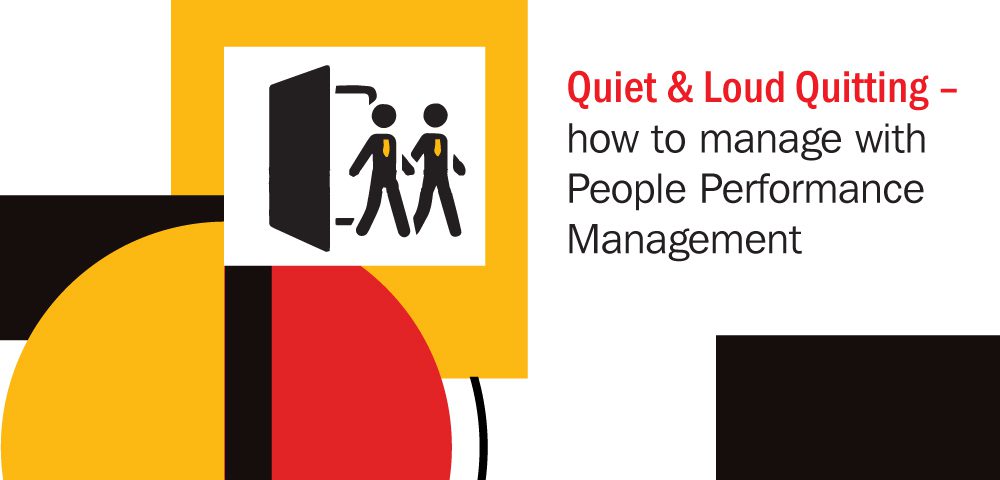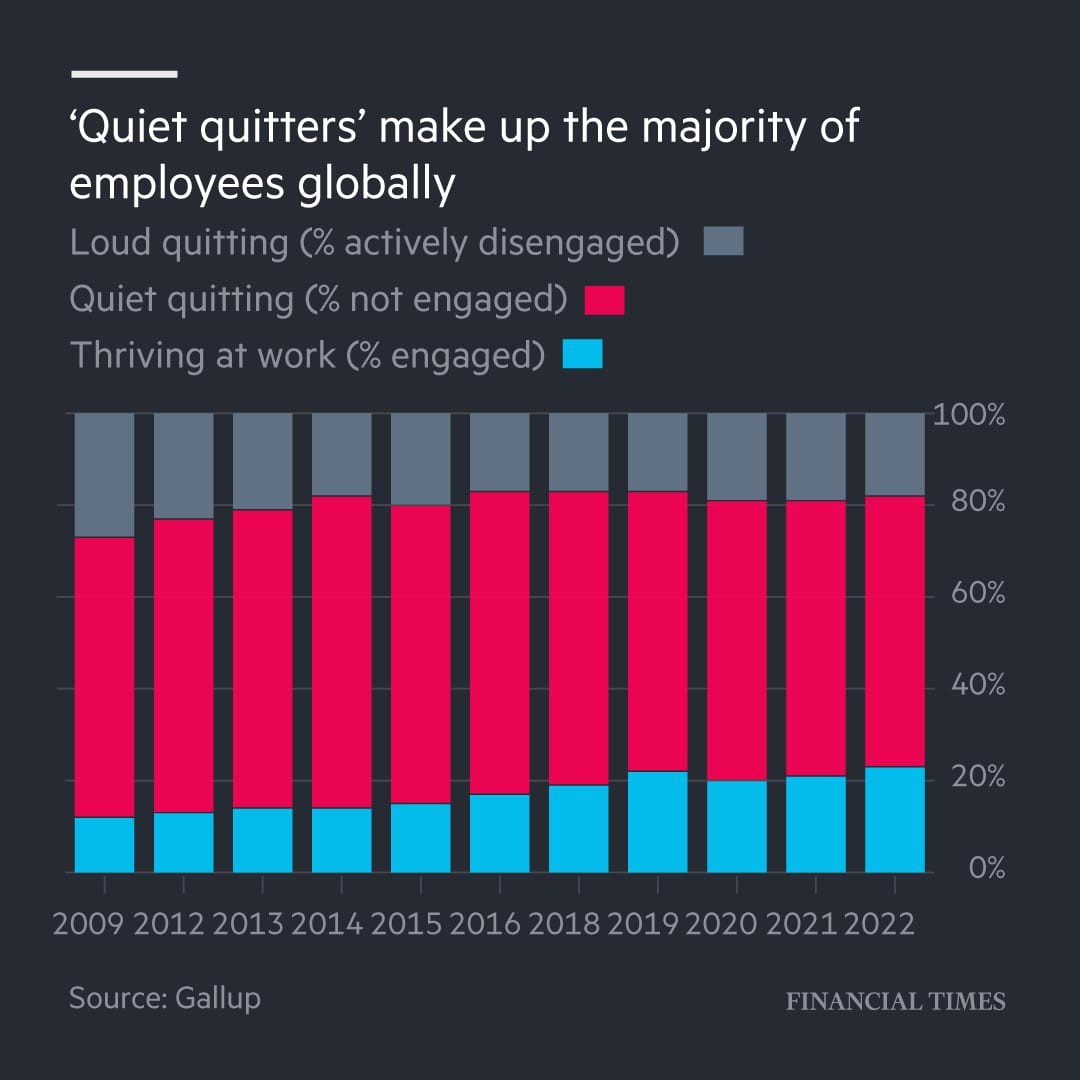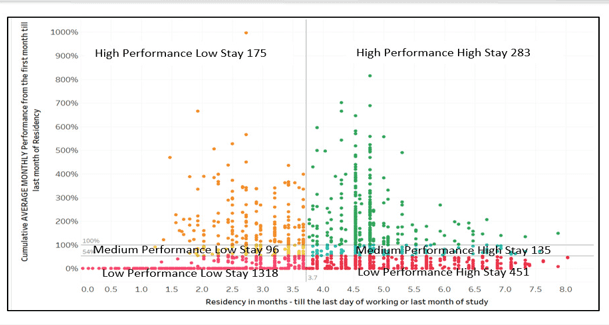
Employee X checks into the office on time, just on time. Employee X is very quiet at work. Completes the work assigned to the best of his/her ability. Shows no initiative, and is dependent on the manager for further instructions. Leaves office on the dot, uses all eligible employee benefits to the most. Employee X is a robot in human form.
Employee Y is a rebel in the office. He/she is late to work, is absent from the workplace, and moonlighting are some common traits. Insubordination is a norm and disagrees more out of habit rather than with reason. Dissing the boss and the organization is common with him/her. Employee Y is a ticking time bomb.
Employee X is quiet quitting while Employee Y is loud quitting. A trend that is being noted across the world among employees.
According to Gallup’s State of Global Workforce Report: 2023, about 50% of employees are quiet quitting. The majority of those quiet quitting are young. That’s an alarming number and needs urgent attention.

People Performance Management or the lack of it, is the root cause of this. Employees need agile performance management systems and processes, not once-in-a-year performance appraisals.
A root-cause analysis will throw up the following reasons:
1) The manager is chasing the outcomes with no focus on the inputs and outputs of the individual employee
2) Lack of employee engagement.
3) Feedback loops are missing. Appreciation is non-existent, but blame and penalty are quick.
Some loud quitters may not be as loud in their behavior and attitude. They can quietly bring down the overall performance of the group and the team. The long residency of the low performers hurts the team and the organization.
Performance management models and practices should identify these long stay but low performers and manage them accordingly.

Quiet or loud quitting employees might be ok in back-office and non-customer-facing roles. When a frontline employee engages in quiet or loud quitting, the impact is large. It is a red flag when the frontline workforce resorts to this approach.
Frontline workers make up 60% of the employees in the FMCG, BFSI, and consumer durable sectors. Among these employees attrition, low productivity, underperformance, and huge performance variation are common. Not only in India but across the world.
How to overcome the quiet and loud quitting challenge? Here are a few suggestions, based on our research and experience:
1) Measure right
2) Build the right people performance model
3) Define the role and select the right talent
4) Continuous performance management – not a once-in-a-year performance appraisal
5) Use data to take decisions
What are your experiences in quiet and loud quitting, and how are you addressing them?
Please share your views.
